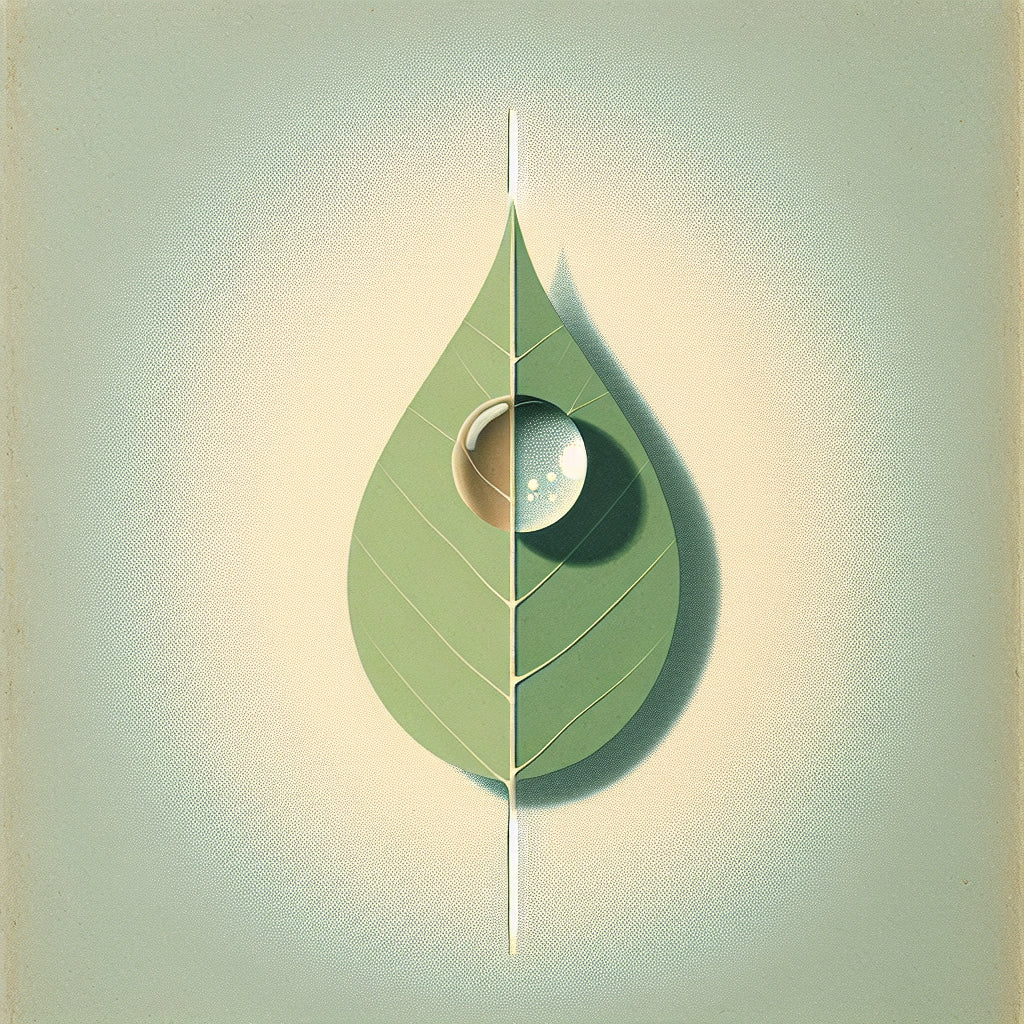
Revolutionizing tissue healing with bacteria
Share
Exploring new frontiers in regenerative medicine
Recent advancements at the Technical University of Denmark have set a new benchmark in the field of tissue engineering and cell therapy. A pioneering research team, led by Associate Professor Alireza Dolatshahi-Pirouz, has made significant strides by utilizing the inherent bioproduction capabilities of bacteria. This innovative approach has led to the creation of a novel biopolymer, known as Pantoan Methacrylate (PAMA), which exhibits promising muscle regeneration properties.
The development of bactogel
The team's groundbreaking work has resulted in the formulation of a robust, elastic hydrogel, aptly named 'bactogel.' This new material has been successfully tested in muscle injury treatments in rats, showing enhanced muscle tissue formation and reduced fibrous tissue development. The mechanical resilience and excellent biocompatibility of PAMA bactogel suggest its potential for broader applications in treating musculoskeletal injuries.
Implications for future therapies
The implications of this research are profound. Associate Professor Dolatshahi-Pirouz envisions a future where 'bactomers'—polymers derived from bacteria—could revolutionize regenerative medicine. These bactomers could be used in regenerative 'bacto-baths' that actively secrete healing agents to repair injured tissues on demand. This could significantly enhance the recovery processes for athletes, the elderly, and individuals recovering from traumatic muscle injuries.
Combining bactogels with cellular therapies
Further research is exploring the combination of bactogels with muscle progenitor cells or stem cells to amplify healing effects. This synergy could potentially lead to more effective recovery solutions, reducing the need for more invasive treatments and lowering the risk of long-term disability from muscle injuries.
Conclusion
The work being done at the Technical University of Denmark represents a significant leap forward in medical science, particularly in the areas of tissue engineering and regenerative medicine. As this technology continues to evolve, it holds the promise of improving life quality and extending healthspan for people suffering from various musculoskeletal conditions.